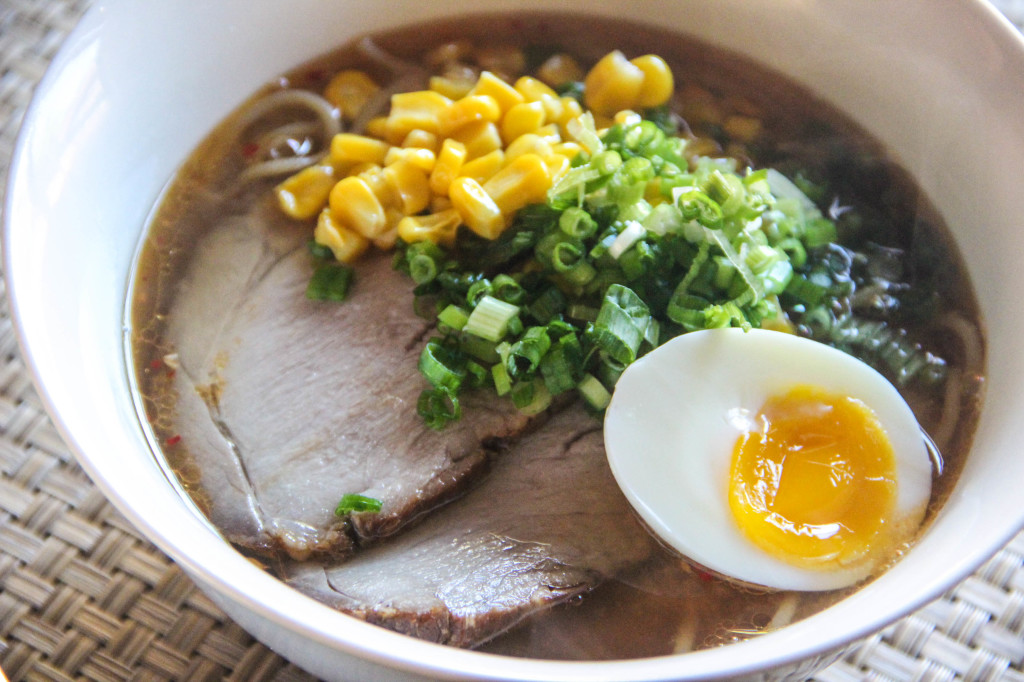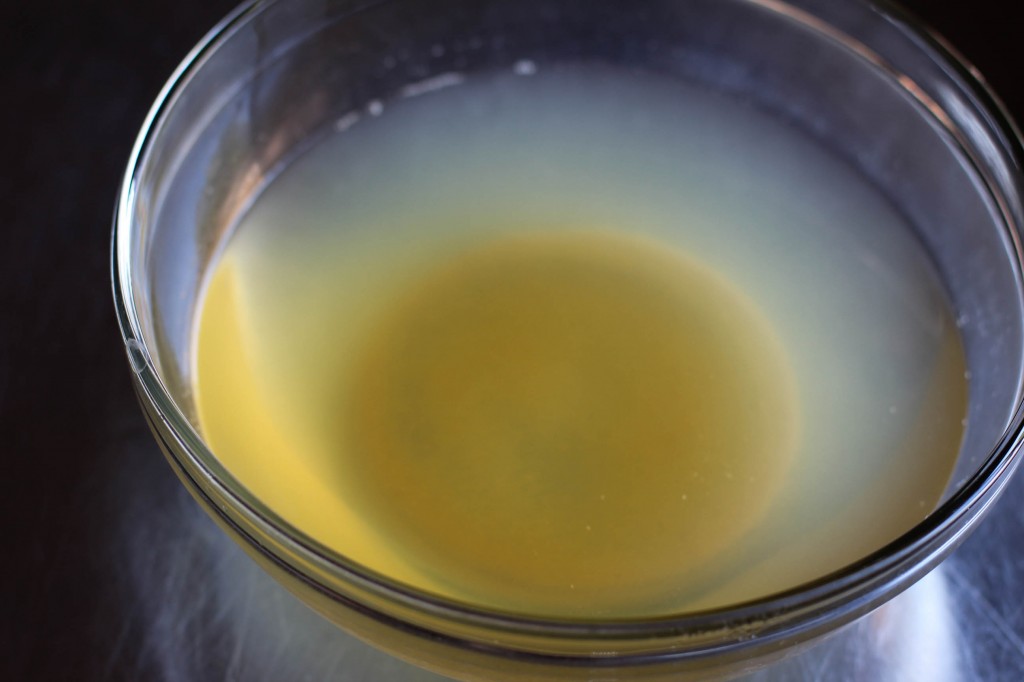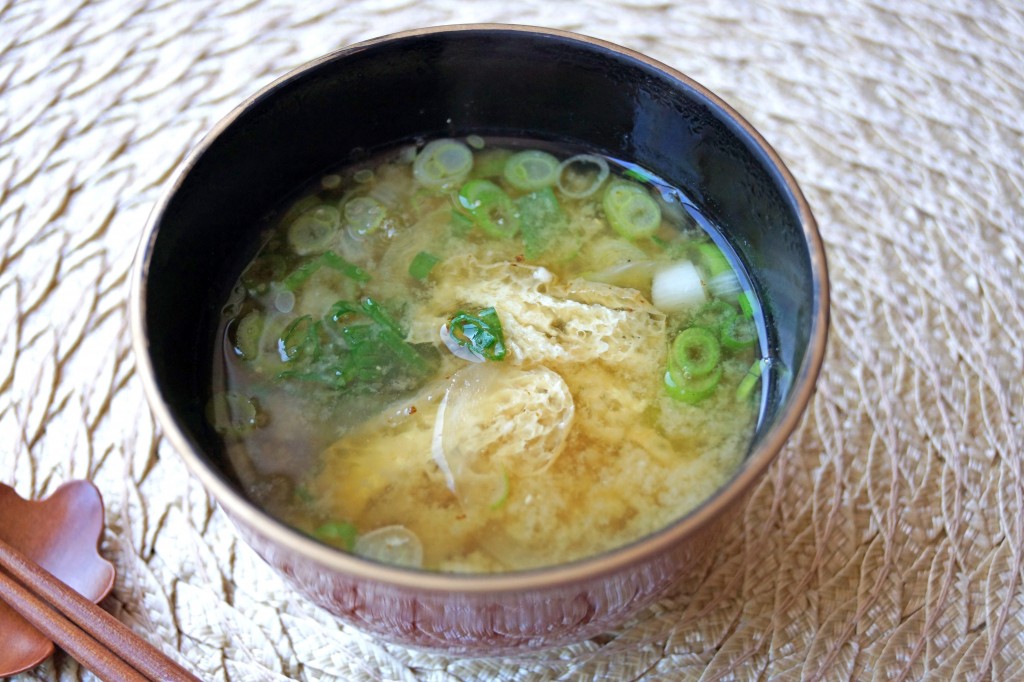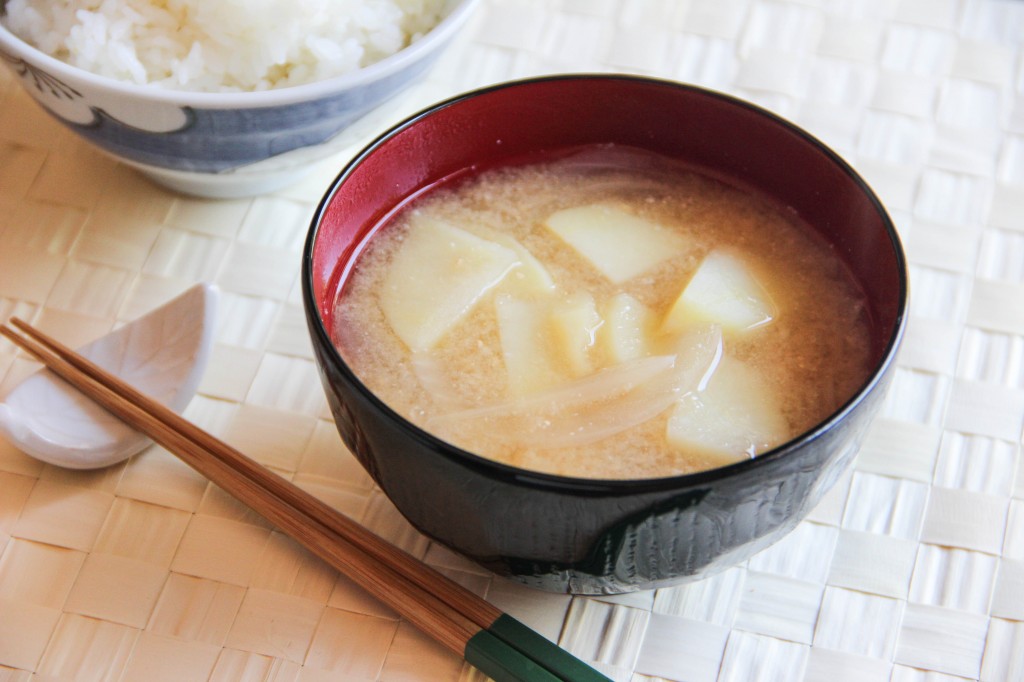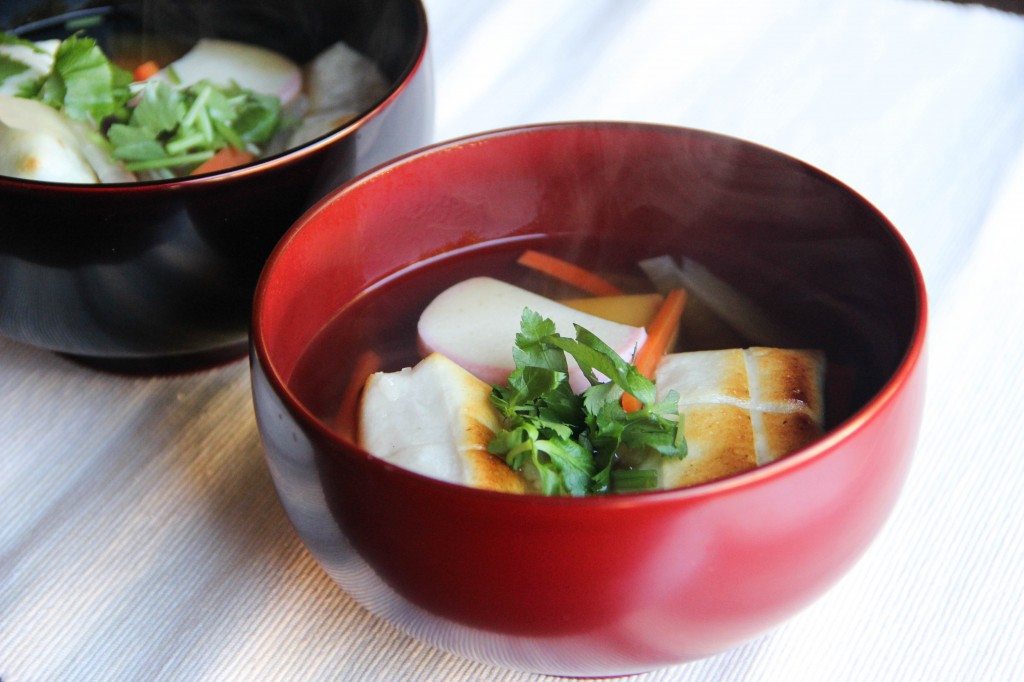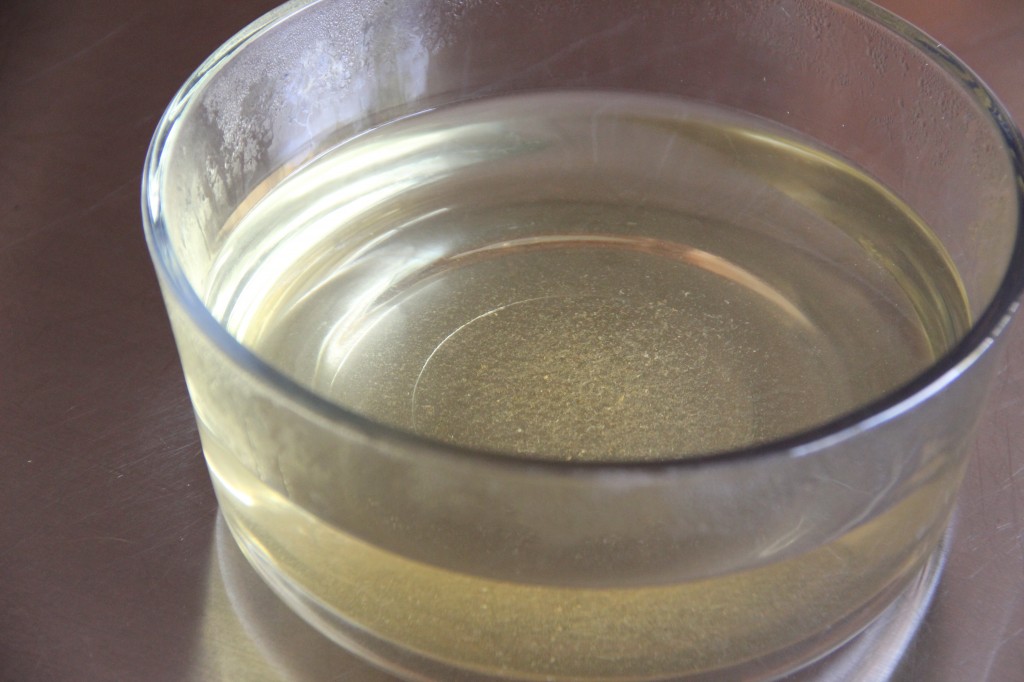Miso Ramen (味噌ラーメン) is Ramen noodles in a Miso based soup that was created in Japan in the 1960s. Ramen noodles are originally Chinese style noodles, but it’s been changed and improved over the years, and evolved to be our own food. And Miso Ramen is the pinnacle of “Japanese” Ramen noodles, the king of all Ramen.
Ichiban Dashi (一番だし) is a Dashi broth using a combination of Kombu (Dried Kelp) and Katsuo (Dried Bonito Flakes). You can use either one of these ingredients to make Dashi; however, Ichiban Dashi uses both and that gives a much richer and more complex flavor to the broth.
A lot of people have miso soup every day with meals in Japan. Because of that, there are many variations. Most of the time there are no particular recipes since they just use whatever ingredients are on hand.
I had some leftover aburaage (deep fried tofu) and onions in my fridge, so I made this. If you would like to know how to make miso soup in more detail, please watch our Miso Soup video.
You may think that you must have tofu and/or wakame seaweed to make miso soup, but you can make it with just about anything you have at home. If you have made miso soup before, the chances are that you still have plenty of dried bonito flakes to make dashi broth and some miso paste left in the fridge. All you need is some onion and potato to make another authentic Japanese dish!
Onion and potato are pretty common ingredients for everyday miso soup in Japan, simply because everyone has them at home and it’s quite tasty. You don’t need to make a trip to the Japanese market this time!
If you have never made miso soup before, please watch our video first. For quick recap of making simple and delicious dashi broth, watch this video.
Ozoni (お雑煮) is a special soup with Mochi (rice cake) in it that you eat in the morning on New Year’s Day in Japan. We decorate the house with Mochi to dedicate to the New Year, and eat it to celebrate and hope for a good year. We have a big meal called Osechi along with Ozoni, but we’ll talk about that some other time.
Dashi or Japanese soup stock is a very important component in traditional Japanese cooking. It is used in soups, stews, boiled vegetables and many other dishes. It is not hard to make at all, but it is one step you have to take before you cook food.
There are different kinds of Dashi you can make from various umami rich ingredients (learn more from our How to Make Dashi post), but in this recipe, we make the simple and traditional broth using some dried bonito flakes (katsuobushi) #ad and water. Dried bonito flakes can be easily found at Japanese supermarkets or online stores.
